When She Works Alone Jennifer Can Feed All of the Animals in the Pet Store
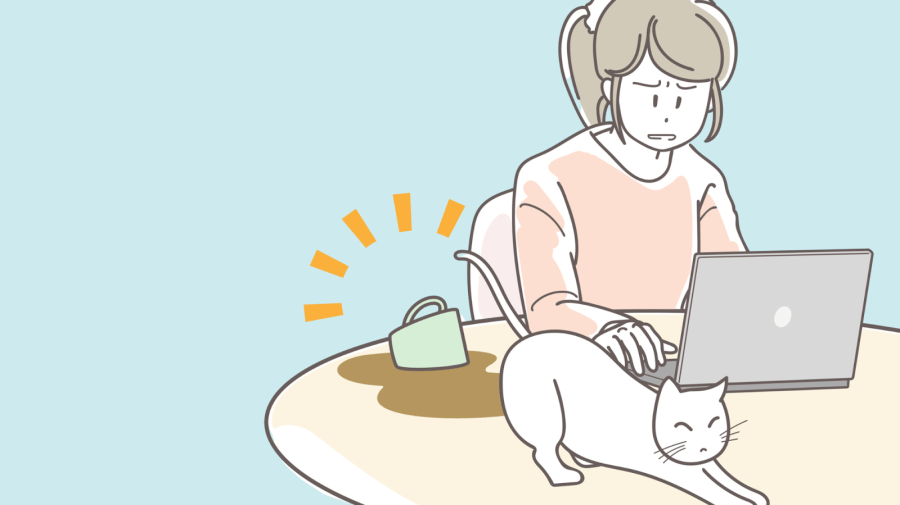
Whether you worked remotely before March 2020 or not, odds are you were excited to spend some more time with your pet during the workday. But working from home with pets isn't all belly rubs and nap time. Often, your pet is even more excited to have you around during the day.
By now, many of us have become familiar with our cats crawling across our keyboards or our dogs deciding the perfect time to squeeze a squeaky toy is during an important Zoom meeting. If you're planning to work from a home office for the foreseeable future — or if you have a dog-friendly coworking space — you'll need to create a work-life balance that works for you and your four-legged friend. From sticking to a routine to scheduling out playtime, here are five tips for those of us who are working from home with pets.
1. Stick to a Routine When Working From Home With Pets
If you're new to working from home with pets, you might not have a set schedule. After all, part of the beauty of the home office is the lack of commute and the added flexibility. But most pets, especially dogs, thrive when you create a routine — and stick to it.
Chances are that you walk Fido first thing in the morning anyway, but try taking them out at the same time every day. If you have time between that first walk and signing onto Slack, consider another walk just before you clock in. After all, you'll want them to be set for a good chunk of time during the morning. For example, if you wake up at 6:00 AM and take that first walk then, but work doesn't start until 9:00 AM, another outing will ensure less disruption.
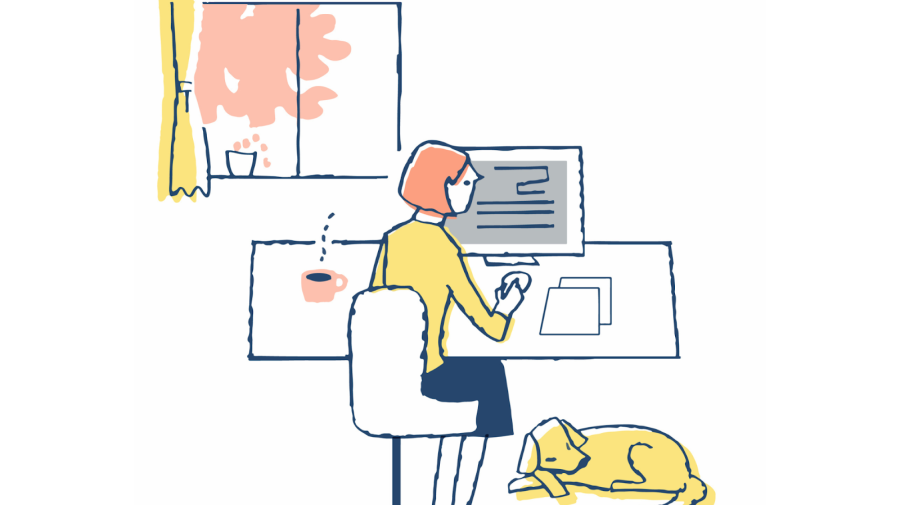
Of course, this might also mean curating your work schedule a bit, too. If your dog doesn't need to go out again for a few hours, it may be prudent to schedule the bulk of your daily or weekly meetings during the morning. If you line it all up during a period where your pet needs less attention, you'll likely feel less stressed and more productive. Not to mention, stacking those meetings might even help you overcome or mitigate that pesky Zoom fatigue.
No matter how you choose to structure your workday, keep it consistent. Animals respond well to routines because they know what to expect. Regular feeding and play times, for example, help a pet know when they should relax or nap. Of course, last-minute meetings and other things do crop up — and that's okay! Just try to stay the course as much as life will allow.
When your dog or cat looks at you with those sad eyes, just begging to play, it's hard to resist. So, how do you deal with this during the workday? Try designating a few periods of playtime throughout the day. These carved-out moments can range from five minutes to 20 minutes — whatever works for your work schedule will appease your pet.
It's also important to have a designated play area. At the very least, leave your workspace before starting up a game of fetch. If you have an at-home office, shut the door and head to the living room. If you can't use another room in the house, head outside. In the same way we need work-life boundaries, our pets pick up on cues — going to a particular play area lets them know it's time for fun.
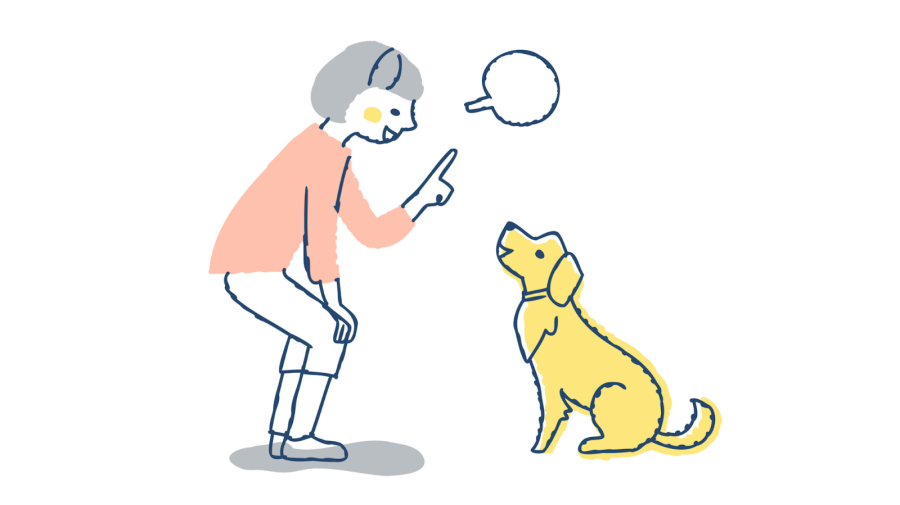
When you've wrapped up a play session, give your cat or dog a treat. This kind of reward provides a sense of closure, and it helps on the training end of things, too. That is, the treat marks a transition out of playtime and into solo time. If you don't carve out dedicated time for playing, it's pretty likely that your pet will interrupt you at various points in the day, bringing you toys and, in some cases, falling back on destructive habits to release all that pent-up energy. Plus, scheduling pet playtime ensures that you take a screen break, too!
3. Make Sure Your Pet Has All the Essentials
If your pet isn't interrupting you to play or be taken outside, they may cause disruptions when they have other needs. For example, they might bug you if they need more food or water. And that's totally understandable. Our pets really rely on us, so making them comfortable during the work days is a must. To avoid incessant barking, meowing or the sounds of a bowl being pawed at, be sure to fill your pet's water bowl — and, in the case of pets who graze, their food dish, too.
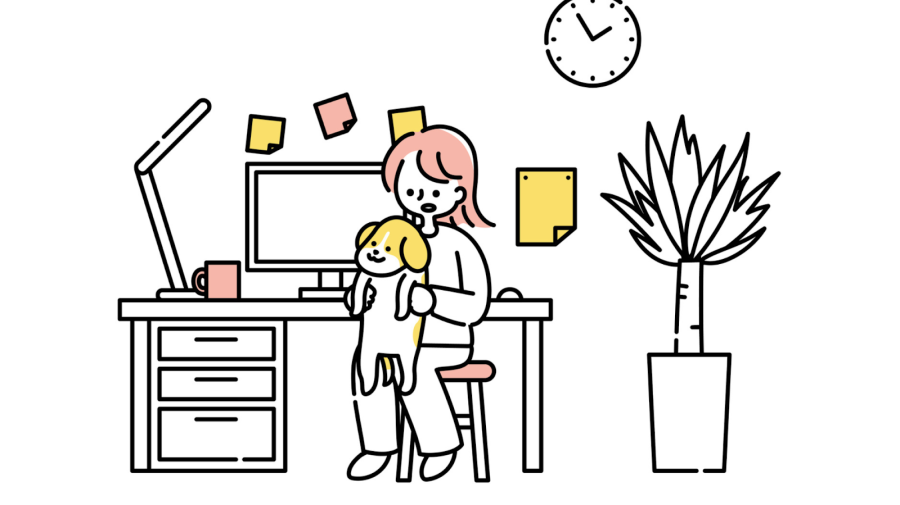
Make setting them up with everything they need part of your morning routine. In addition to setting out food and water, make sure there's fresh litter for your cat. It might also be a good idea to spread a few toys around the house to encourage solo play. If you take a coffee break, check your pet's water bowl (and their other needs).
When in doubt, toys that encourage solo play — or, for your cat, catnip — can do wonders. If you have a dog who needs a lot of mental stimulation, you can keep them occupied with a chew — Yak sticks are particularly great; a peanut butter-smothered lickmat or Kong; a burrow toy filled with hidden treats; or a dog puzzle. This can be especially useful when you need some quiet time or have to hop on an important Zoom call. Sometimes, it's all about keeping your pup occupied.
4. Get Your Steps In When Working From Home With Pets
If you have a dog, you know the importance of getting them outside. Going on walks not only tires out your pooch, but it gives them some much-needed stimulation. After all, there are tons of things to smell — and holes to dig. Be sure to change up the route you walk, if possible. While routines are good, dogs also need some new experiences, some excitement, and changing your walk route is a good way to foster this.
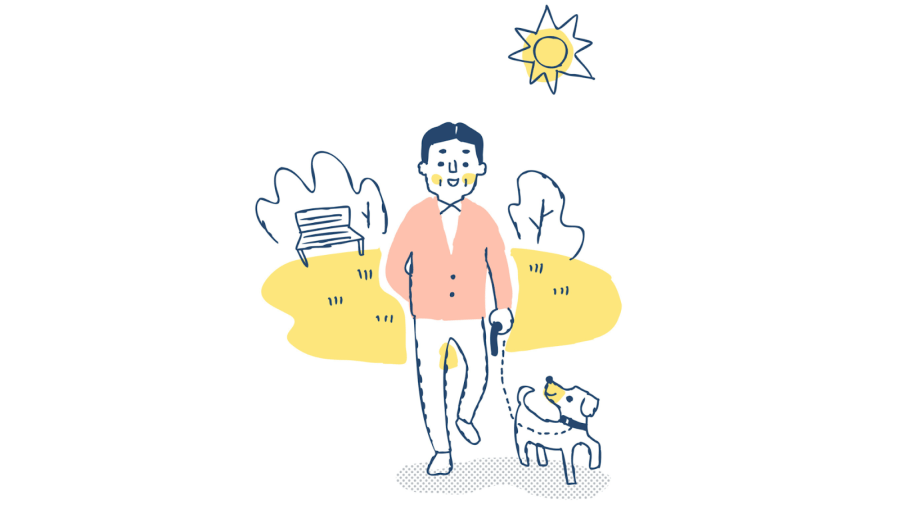
Of course, your dog isn't the only one who'll benefit from scheduled, intermittent walks. Walking is a great way to boost your productivity. You'll return to your desk feeling refreshed and ready for the afternoon ahead. Some of the best times to get outside and stretch your legs are just after lunch or during that 3:00 PM slump. (You know the one!) Some fresh air can really do wonders for your mental health, and, more likely than not, a quick jaunt will tucker your pup out.
5. Designate a Pet-Free Workspace While Working From Home With Pets
One of the best ways to avoid pet distractions is to designate a pet-free workspace, if possible. Many of us don't have a ton of space or the luxury of an at-home office. But creating this boundary doesn't have to be super formal. For example, if you work on the living room couch, your dog or cat may snuggle up next to you, mistaking work time for relaxation time. But if you sit at the dining room table, or in a dedicated workspace or room, you'll both be able to differentiate between work and play a bit better.
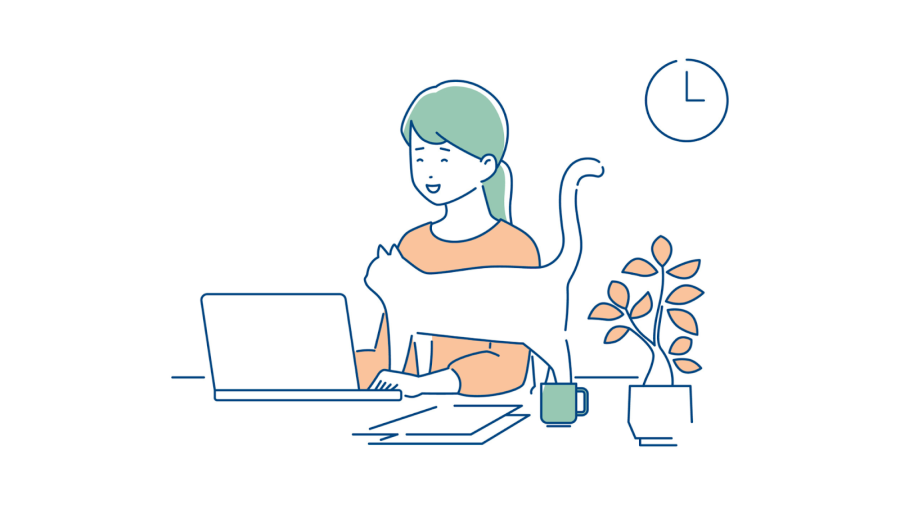
Although many of us love having a slumbering pet at our feet, pets who need a little extra help with boundaries may benefit from you putting their bed, food, water and toys in an area that's separate from your workspace. If you create a little area for your pet, they'll pick up on it. When you head to your office in the morning, they'll likely know to seek out their own domain. And, if you start to miss them, you can always take a quick break and say "hi" to your pet — they'll be over the moon.
Source: https://www.ask.com/lifestyle/tips-for-working-from-home-with-pets?utm_content=params%3Ao%3D740004%26ad%3DdirN%26qo%3DserpIndex&ueid=e7407f92-0351-4030-b75c-850179c43268
0 Response to "When She Works Alone Jennifer Can Feed All of the Animals in the Pet Store"
Post a Comment